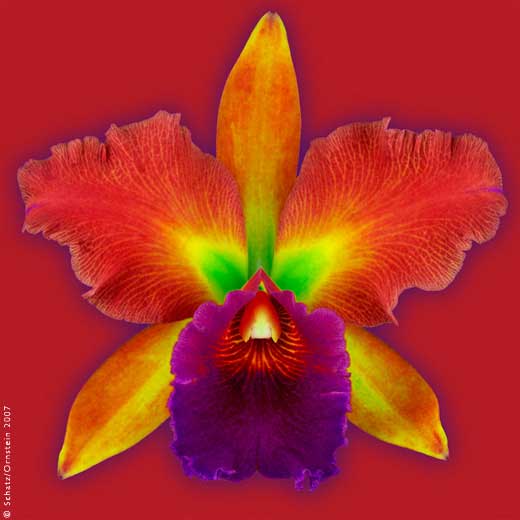Tropical Rainforests of the World.

Around 40% to 75% of all biotic species are indigenous to the rainforests. It has been estimated that there may be many millions of species of plants, insects and microorganisms still undiscovered in tropical rainforests. Tropical rainforests have been called the "jewels of the Earth" and the "world's largest pharmacy", because over one quarter of natural medicines have been discovered there.

The global distribution of tropical rainforests can be broken up into four biogeographical realms based roughly on four forested continental regions: the Ethiopian or Afrotropical, the Australiasian or Australian, the Oriental or Indomalayan/Asian, and the Neotropical. Just over half the world's rainforests lie in the Neotropical realm, roughly a quarter are in Africa, and a fifth in Asia. The remaining five percent or so are scattered across Australia, New Guinea, and various Pacific Islands.
Rainforest on the island of Borneo. (Photo by Rhett Butler)
If you liked this article, subscribe to the feed by clicking the image below to keep informed about new contents of the blog: 














Comments
Post a Comment